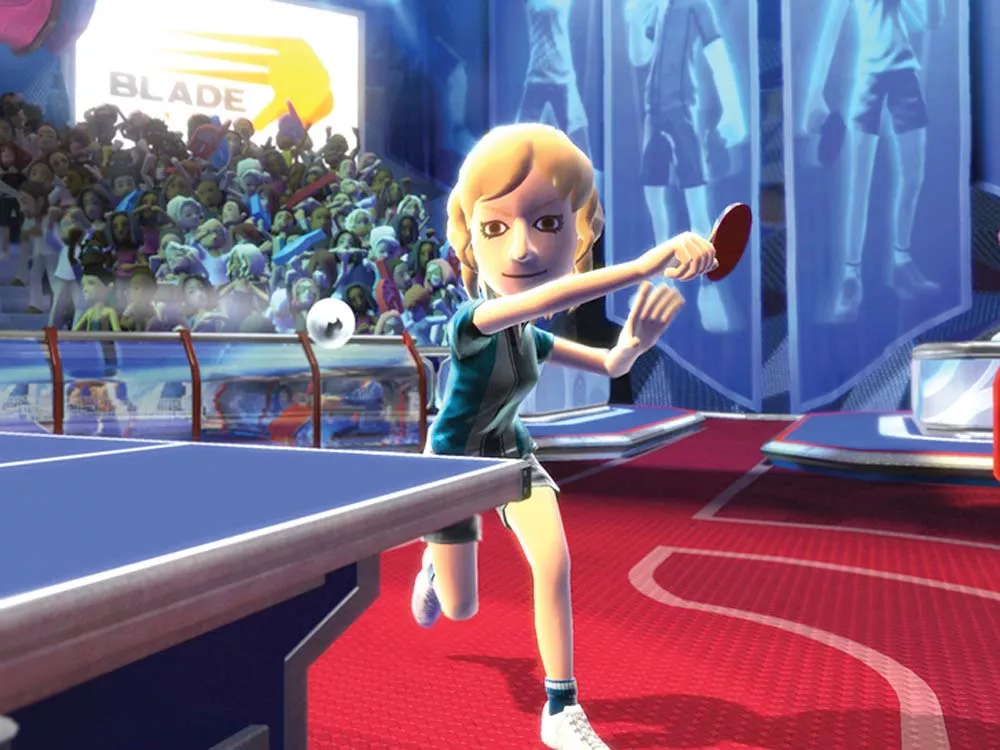"Hey, Wade!” the bartender shouted, slapping his palms down in front of a young couple who were deep in the middle of making out. “Wade! This guy can answer your question. He writes about videogames.”
Wade disengaged himself from his girlfriend, shot a look at the game on TV, picked up his beer bottle and tipped the neck towards me. “You get paid to play games?” I told Wade that I played games for free. I only got paid if I wrote about them.
“My little brother, he’s a gamer. Right now he’s home alone, not even watching the Super Bowl. Just cruising through another few hours of Dead Space 2. I watched him play that game for three hours this morning and I’m already sick of it.”
At that moment I would have been playing and writing about Dead Space 2 myself, but a blizzard and layover had led me to a bar on Super Bowl Sunday. And so I was working on my “Pong-Off” series, reviewing all the current games descended from Pong. (If you’re keeping score, Wii Sports got three stars for its rendition of tennis. The PS3’s Sports Champions’ version of table tennis earned four stars.)
“So do you have that new thing?” Wade asked, fanning his free hand through the air. “The Kindle?” “The Kinect,” I said. “Yes. I have one.” Even though Microsoft’s hands-free motion-sensitive controller was released last fall, it remains the most popular topic of video-gaming conversation with the general public. So I wasn’t surprised when Wade, slurring his words, asked me how it performed.
“If ‘Table Tennis’ in Kinect Sports were a painting,” I said, “it would be a pretty good painting. There’s a realistic-looking ping pong table. There are crowds cheering under studio lighting. But when I try to play with that painting, everything falls apart. No matter how far or fast I move to the left and right in real life, onscreen my avatar merely slides his paddle right and left in gentle, even movements. They also happen a split second after I move.”
“But it’s better than that Wii thing, right?” “Wii Sports reduced everything to a hatchet-chopping movement,” I said. “Kinect Sports is more nuanced than that, but it’s still too simple for me to have any serious control over the ball. Sometimes, while playing backhand in real life, the game will compliment my avatar on his forehand shots. And I often find myself delivering a slam shot without ever intending to.
“If a motion-sensitive game can’t synchronize my avatar and my body,” I concluded, “then it’s failing. While the Kinect might be sensing my motion, it isn’t translating that motion into game-play. It’s no more a game than a grocery store door opening and closing. It’s just dead space.”
THE GOOD: “Bowling” and “Soccer” prove that the Kinect controller is capable of translating more subtle skill into game-play.
THE BAD: “Track & Field,” “Beach Volleyball” and “Boxing” are almost as heavy-handed as “Table Tennis.”
THE BOTTOM LINE: Kinect Sports almost drops the ball.














